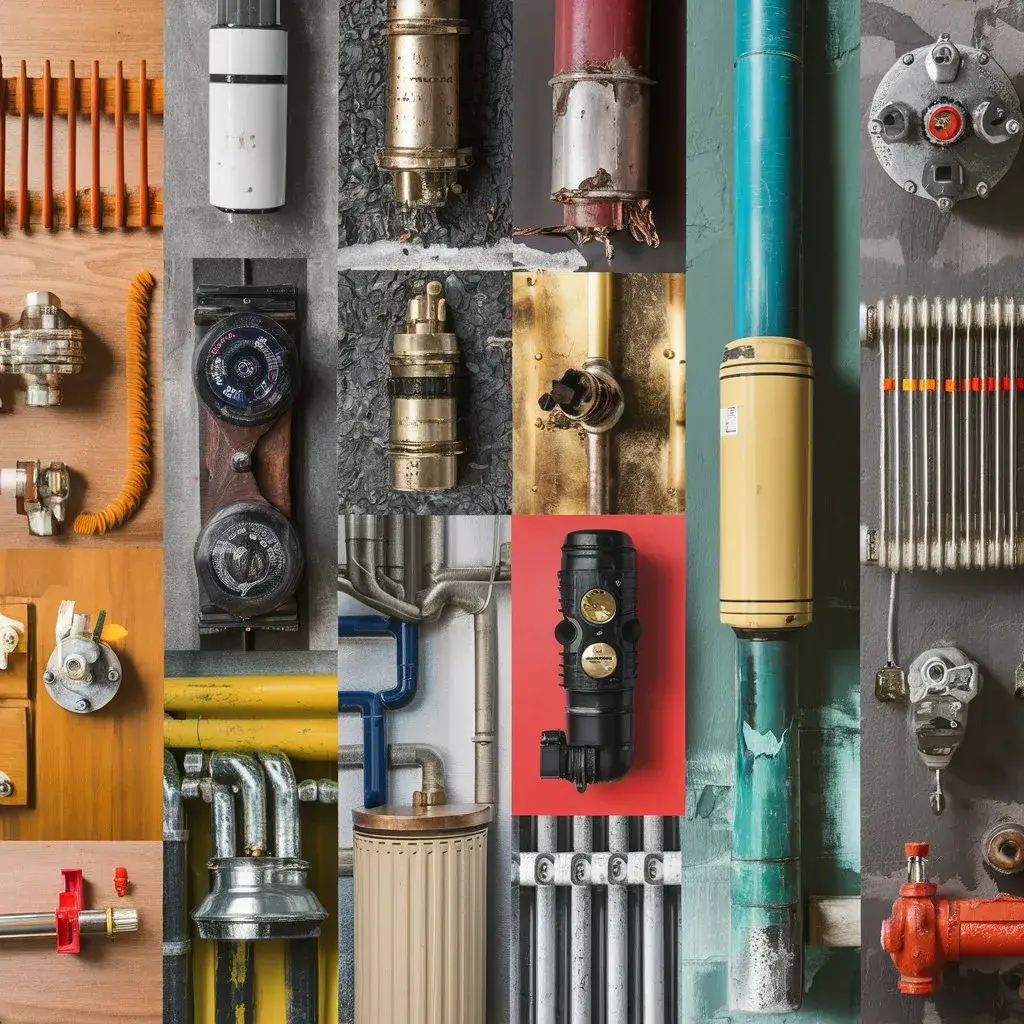Common Heating Repair Issues: How to Identify Problems With System Components
Did you know that an estimated 75% of emergency winter calls to HVAC professionals relate to unpredictable heating system failure? You're not alone if these failures leave you scratching your head in confusion. Understanding the most common heating repair issues and how to identify problems with system components can save you time, money, and the discomfort of a chilly home.
We'll guide you through recognizing these common issues, from irregular heating and high energy bills to strange noises, and help you diagnose the condition of your heating system components. Stay with us as we shed light on the mysteries of your heating system and provide you with the knowledge to tackle these issues head-on.
Recognizing Common Heating Issues
Understanding the signs of typical heating issues can be your first line of defense in maintaining an efficient, reliable system. If you've noticed irregularities, such as inconsistent temperatures or strange noises, don't ignore them. They're usually warning signs that something's not right. A sudden spike in your energy bills can also indicate a problem. It's crucial to act promptly, as minor issues can escalate if left unattended.
Get to know your system; be familiar with how it operates. If it's frequently cycling on and off or isn't heating your space evenly, it's likely time for professional intervention.
Diagnosing Heating System Components
To effectively diagnose potential issues and perform essential heating repairs, it's crucial to familiarize yourself with the key components of your heating system and their functions.
Here's a list of key components and their roles: - Thermostat: Sets your desired temperature and communicates with the rest of the system. - Problem Indicators: Inaccurate temperature readings, failure to turn on/off.
- Heat Exchanger: Warms the cool air that enters your heating system.
- Problem Indicators: Unusual smells, carbon monoxide detection.
- Blower Motor: Propels the heated air through your ductwork.
- Problem Indicators: Loud noises, poor indoor air circulation.
Knowing these components and their common issues can help you pinpoint problems more accurately, ensuring you feel at home in a warm, cozy environment.

